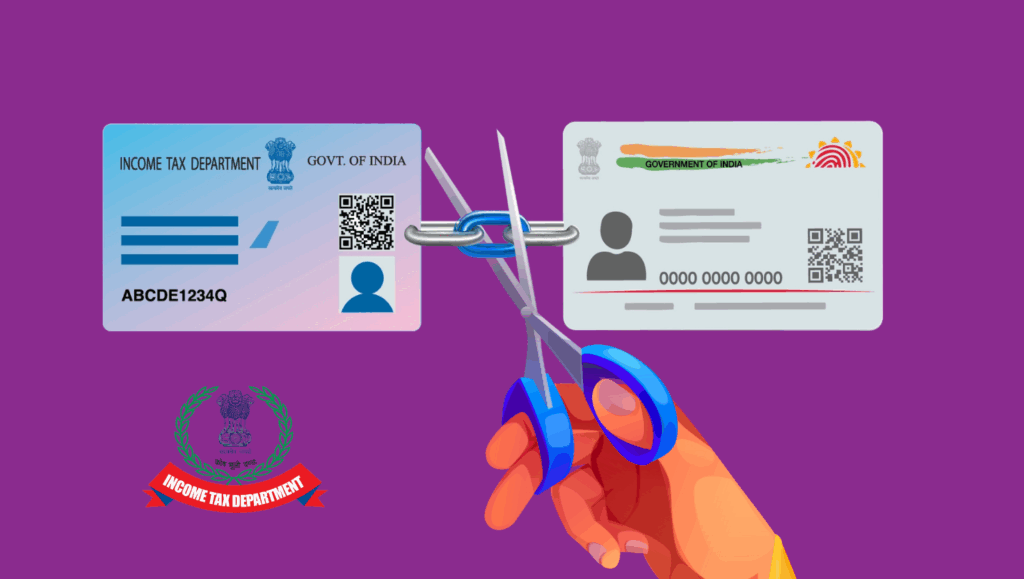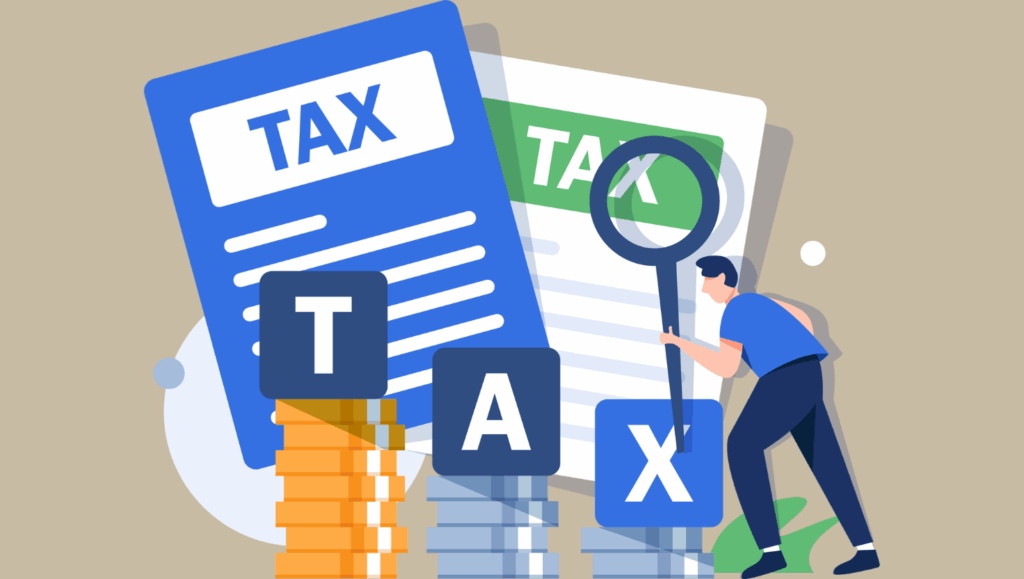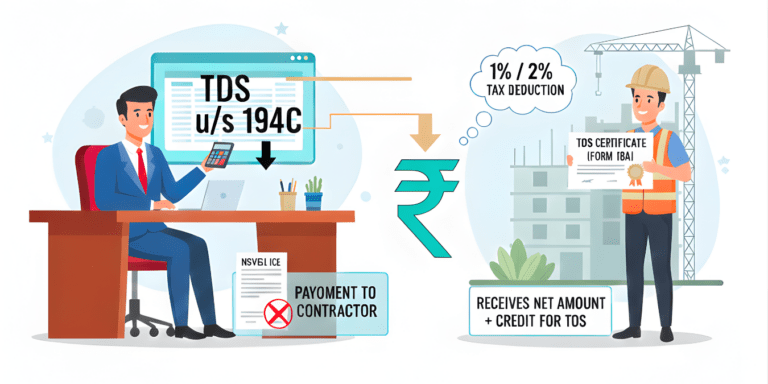
Relief for Genuine Taxpayers—A Recent ITAT Order Reshapes Section 68 and 153A Litigation
India’s ITAT dismantled arbitrary tax additions under Section 68, exposing flaws in the revenue’s “shell entity” claims. This landmark decision, rejecting baseless GP extrapolations, offers hope to businesses facing unfair scrutiny. Could this reshape India’s tax landscape? Discover how meticulous documentation saved a Kolkata NBFC from ₹31.15 lakh in additions and learn pro tips to safeguard your finances.
In a landmark 2025 ruling, the Income Tax Appellate Tribunal (ITAT) delivered relief to taxpayers facing additions under Section 68 for alleged unexplained credits, and refuted arbitrary GP ratio additions under Section 153A in the absence of solid evidence. This insightful judgment, which involved the deletion of significant additions and a strong stance against extrapolation-based assessments, is reshaping the Indian tax landscape, especially for businesses and individuals scrutinized in search and seizure cases. The case’s resolution highlights the judiciary’s demand for concrete incriminating material, not mere suspicion or estimates—a shift every taxpayer, accountant, and financial planner in India should note in 2025.
Featured Snippet / Takeaway Box
Key Takeaway:
ITAT’s 2025 order confirms that additions under Section 68 for unexplained credits or GP estimation on alleged unaccounted sales require substantive incriminating evidence for the assessment year involved. Mere labels of “shell entity” or extrapolated numbers, unsupported by real proofs, cannot justify additions. Relief is certain when transparency and due process are proved.
Understanding the Core Issues: Section 68, Section 153A, and Incriminating Material
Section 68 empowers Assessing Officers to treat unexplained cash credits as income unless the assessee proves genuineness, identity, and creditworthiness. In search or survey cases, Section 153A authorizes fresh assessments for multiple years but only allows additions on the basis of fresh, incriminating material.
Why Are These Sections so Contentious?
- Shell Company Doubts: Revenue frequently labels lending or investing entities as shells to justify additions, often in absence of direct proofs.
- GP Rate Extrapolation: In survey/search actions, tax officers sometimes extrapolate sales suppression or profit suppression over multiple years without direct evidence.
- Onus of Proof: Taxpayers must establish three pillars—genuineness of transactions, the existence and creditworthiness of the creditor, and traceable documentation.
The 2025 Case: Timeline and Facts
A prominent finance entity was targeted post-search, receiving additions under Section 68 for unexplained credits—allegedly received from a suspected shell entity—and further additions under Section 153A, based on extrapolated gross profit ratios on supposed unaccounted sales. The Assessing Officer’s foundation? Mostly broad inferences, past entries, and generalizations, not transaction-level incriminating evidence for the impugned year.
Highlights from the Tribunal’s Findings
- Entity Not a Shell: The ITAT meticulously checked financials and evidence to uphold that the assessee was a legitimate business, not a facade or accommodation entry provider.
- No Incriminating Evidence: For the assessment year in dispute, revenue failed to produce concrete incriminating material tying any unexplained credit or sales suppression to the entity.
- GP Addition Disallowed: Absent a direct link to unaccounted sales for the specific year, gross profit additions based on estimations were set aside.
Step-by-Step: How the ITAT Decided Each Issue
Section 68—Unexplained Credits
Step 1: Analyzing Documentation
- The assessee furnished full supporting paperwork: bank statements, loan confirmations, audited financials, IT filings, and NBFC registration documents.
- Transactions involved account-payee cheques, leaving an audible financial trail.
Step 2: Scrutinizing Shell Allegations
- Revenue’s claim of “shell” status could not override meticulous documentation and long operational track records.
- Regulatory filings and RBI credentials further supported legitimacy.
Step 3: ITAT’s Conclusion
- Clear paper trail and transparent operations led the Tribunal to uphold the CIT(A)’s order, deleting all Section 68 additions for unexplained cash credits.
Section 153A—Addition of GP Based on Extrapolation
Step 1: Demand for Year-Specific Evidence
- The Tribunal made it explicit: only incriminating evidence linked to the assessment year counts for additions under Section 153A.
Step 2: Rejecting Extrapolated Estimates
- General patterns from prior or subsequent years cannot be imposed unless accompanied by material directly relating to the year assessed.
- GP ratio estimations from different periods, cited without direct, contemporaneous evidence, were deemed inadmissible.
Step 3: Outcome
- All GP additions based purely on extrapolation or comparative estimation—without direct, year-specific incriminating proof—were struck down.
Real-World 2025 Indian Context: Why This Matters for Taxpayers
- Acts as Precedent: This order now guides how similar appeals across India may be resolved, particularly in scenarios involving post-search assessments and multiple-year scrutiny.
- Encourages Documentation: Taxpayers stand a stronger chance by keeping exhaustive banking, contractual, and regulatory evidence.
- Dampens Arbitrary Taxation: The order discourages revenue authorities from relying on loose estimations and ensures due process.
Example: How a Genuine NBFC Fought Addition
- Profile: A Kolkata-based NBFC was assessed on the grounds of an alleged unexplained cash credit of ₹31.15 lakh.
- Defense: Presented a trail showing loan repayments through cheques, audited accounts, income tax returns, and NBFC credentials.
- Result: ITAT agreed that the amount in dispute was authentic loan repayment, not an unexplained credit. The appeal was dismissed in favour of the taxpayer.
Pro Tips: How to Prepare for Similar Tax Scrutiny in 2025
- Always execute transactions through banking channels (not cash).
- Retain documentary evidence—loan confirmations, agreements, regulatory certificates, and IT returns.
- Avoid business with dormant or non-compliant entities.
- Ensure CA/auditors reconcile all repayments and receipts in annual audits.
- Seek professional advice at the earliest notice of reassessment or search.
Practical Checklist for Defending Against Section 68 Additions
- Maintain account confirmations for all years involved.
- Secure third-party lender documents (returns, statements).
- Prepare clear narratives for transactions challenged by tax authorities.
- Duly respond to notices and avoid contradictions between filing years.
Common Mistakes Taxpayers Make (and How to Avoid Them)
- Relying on oral explanations rather than robust documentary evidence.
- Assuming bank statement proof alone suffices without supportive contracts.
- Failing to verify counterparties’ backgrounds and compliance status.
- Not contesting extrapolated profit additions with concrete frequency.
Featured Summary Table: Key Differences—Shell vs. Genuine Entities
| Factor | Shell Entity (Red Flag) | Legitimate Entity (Accepted) |
| Regulatory Status | No licenses, fake docs | Registered, audited, valid licenses |
| Banking Channel Use | Cash, circuitous routes | Direct account-payee cheques |
| Creditworthiness Evidence | Absent, unverifiable | Net worth, audited financials |
| Income Tax Return Filing | Sporadic/lapsed | Regular, timely, transparent |
| Operational Existence | PO box/virtual, no staff | Real office, employees, transactions |
The Legal Angle: Why Incriminating Material Is Non-Negotiable
In 2025, both tribunals and high courts emphasize that only live, transaction-linked evidence justifies additions under Section 153A, echoing broader judicial consensus—statements, suspicions, or general patterns lack standing without supporting discovery relevant to the exact assessment year.
Cited Legal Principle
- “‘In the absence of any incriminating material against the assessee in respect of the share transaction in question, no addition could have been made.'”
- High courts have reiterated that post-search assessments rely strictly on new, corroborated incriminating material, not recycled or old entries.
Indian SME/Investor Perspective: Next Steps and Strategies
What Should Businesses and Investors Do Next?
- Conduct periodic compliance/internal audits to pre-empt allegations of shell activity or unexplained credits.
- Educate counterparties—Only transact with entities maintaining updated statutory and financial compliance.
- Stay alert post-search or survey—Take legal counsel before making admissions or assumptions on the record.
The Ultimate Call-to-Action
Facing a Tax Reassessment or Search?
Don’t rely on estimations or generic defenses. Prepare robust documentation, engage top legal counsel, and insist on year-specific evidence—secure your tax position now for 2025 and beyond.
Final Thought: Why This Ruling Matters for 2025 and Beyond
The ITAT’s 2025 dismissal of arbitrary Section 68 and Section 153A additions is not just a win for the assessee, but a wake-up call for taxpayers and tax professionals across India. Accurate paperwork, financial prudence, and unequivocal transparency equally protect businesses from erroneous allegations—especially in the age of digital trails and heightened surveillance. As litigation on unexplained credits and GP estimates surges, this order offers a roadmap to defending genuine transactions.





























